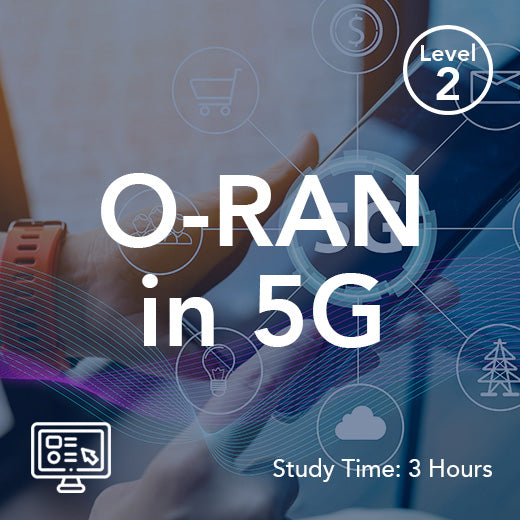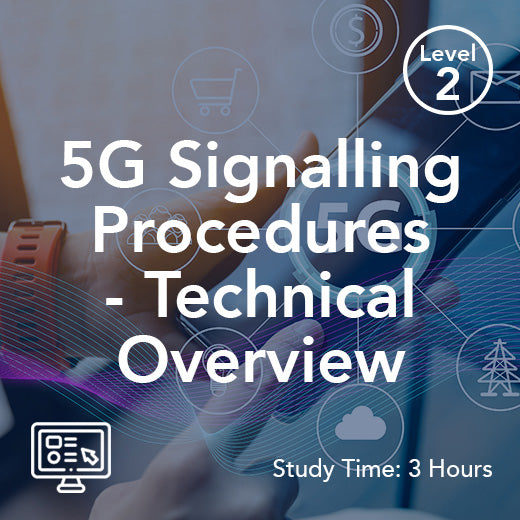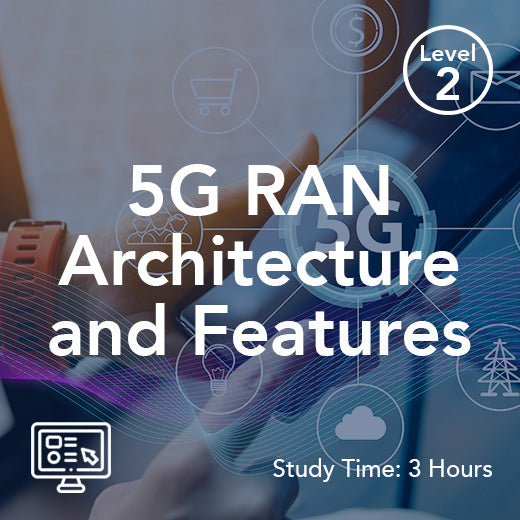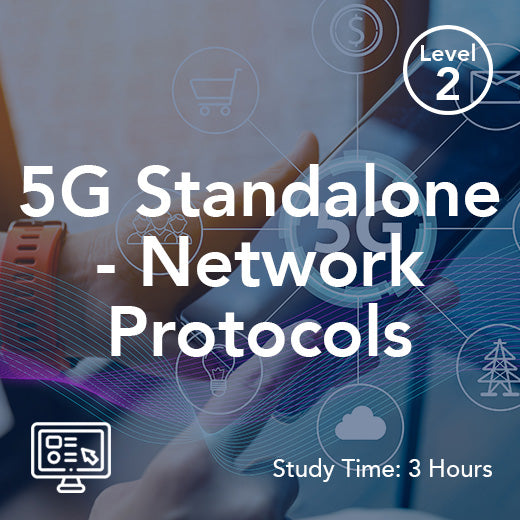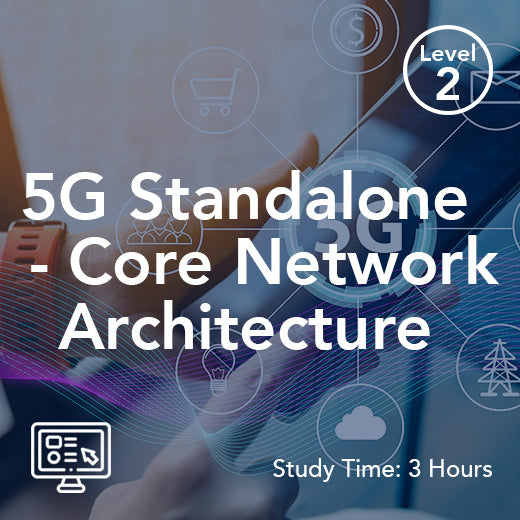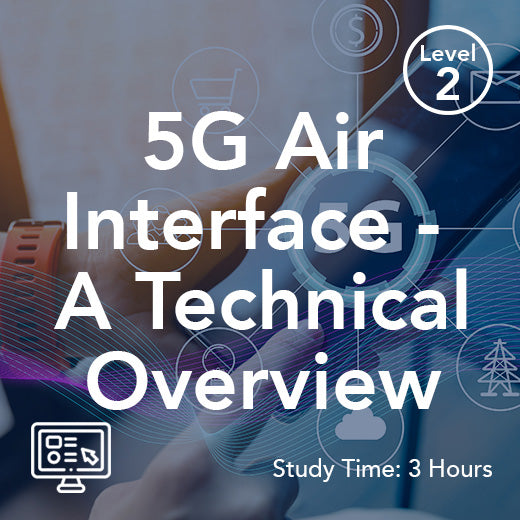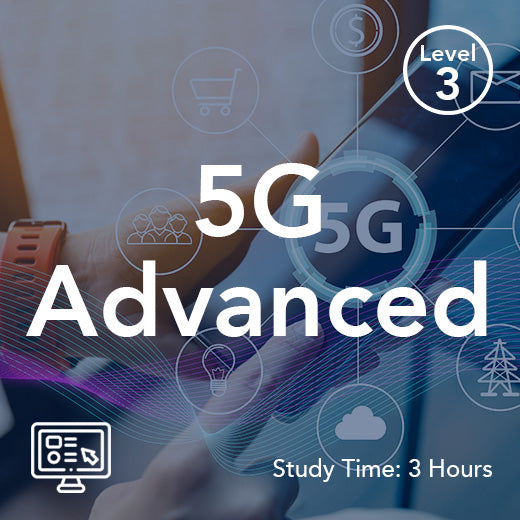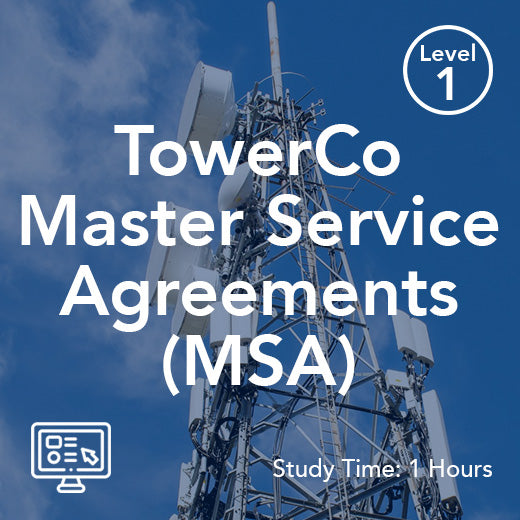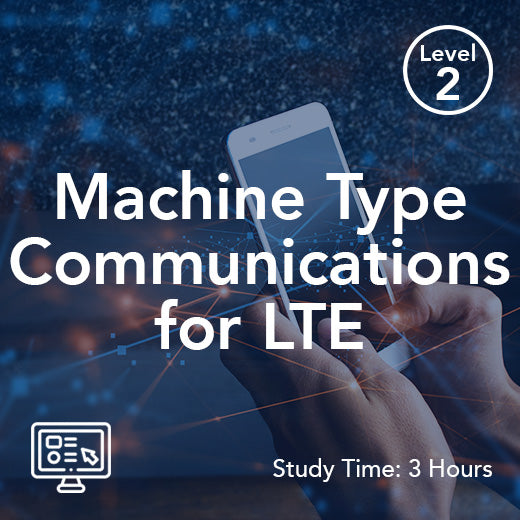Evolved Node B
- , by Stephanie Burrell
- 2 min reading time
Evolved Node B (eNodeB) is a critical component of Long-Term Evolution (LTE) networks, serving as the base station that communicates directly with user equipment (UE) in the telecommunications industry. In the UK market, eNodeBs play a pivotal role in providing high-speed data services and improved network performance to meet the growing demands of consumers and businesses. With advanced technologies such as Multiple Input Multiple Output (MIMO) and carrier aggregation, eNodeBs in the UK enable faster data speeds, increased network capacity, and enhanced coverage, ensuring a seamless and reliable user experience. Additionally, the deployment of eNodeBs supports the evolution towards 5G networks, laying the foundation for the next generation of mobile communications in the UK.
Understanding Evolved Node B (eNodeB) in LTE Networks
The Evolved Node B (eNodeB) is a critical component of Long-Term Evolution (LTE) networks, functioning as the base station that connects directly to user equipment (UE) such as mobile devices and smartphones. Unlike the earlier Node B architecture used in 3G networks, the evolved node integrates the roles of both the Radio Network Controller (RNC) and base station, simplifying the network architecture while improving efficiency.
In the UK telecommunications market, eNodeBs have a pivotal role in providing seamless connectivity, enabling high-speed data transmission, and enhancing network performance to meet the growing demands of both consumers and businesses.
eNodeB’s Role in LTE Networks
Within LTE networks, the evolved Node B manages radio resources and communicates with the Mobility Management Entity (MME) and the Evolved Packet Core (EPC). Its functions include:
-
Radio Resource Management (RRM): Allocating and optimising radio resources for user devices.
-
Mobility Management: Supporting seamless handovers between cells, ensuring mobile connectivity without service interruption.
-
QoS (Quality of Service): Prioritising data traffic to maintain performance for applications like video streaming, voice, and gaming.
-
Connectivity to the Core Network: Acting as the bridge between wireless communication at the edge and the core network infrastructure.
By consolidating these tasks, eNodeBs remove the need for a separate RNC, reducing latency and improving responsiveness in cellular networks.
Advanced Features of eNodeB
Modern evolved NodeBs come equipped with advanced features designed to boost efficiency and support higher data rates:
-
Multiple Input Multiple Output (MIMO): Using multiple antennas to improve throughput and reliability.
-
Carrier Aggregation: Combining different frequency bands to deliver high-speed data and high data rates.
-
Self-Organising Networks (SON): Allowing eNodeBs to automatically configure, optimise, and heal themselves to improve network performance.
These capabilities enable operators to provide seamless connectivity, expand network capacity, and maintain reliable service quality as more user devices connect to mobile networks.
Evolved NodeB in the Transition to 5G
Beyond LTE networks, the deployment of eNodeBs forms a stepping stone toward 5G. By supporting carrier aggregation, advanced radio network features, and integration with the core network, eNodeBs ensure that existing mobile networks can scale to support high-speed and low-latency services. This makes them an essential part of the UK’s network architecture, laying the groundwork for innovations in IoT, autonomous vehicles, and ultra-reliable wireless communication.


